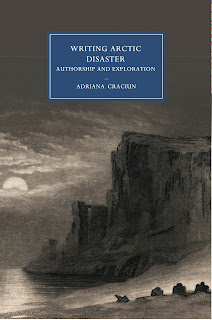The Greatest Show in the Arctic

The greatest show in the Arctic: The American exploration of Franz Josef Land, 1898-1905. By P. J. Capelotti. University of Oklahoma Press, Norman. ISBN 978-0-8061-5222-6 Reviewed by William Barr. The American contribution to the exploration of Franz Josef Land, the Russian archipelago north of the Barents Sea, occurred during what were effectively three separate expeditions – the expeditions which are the focus of Capelotti’s book – over the period 1898-1905. The aim of all three expeditions was to reach the North Pole; ironically, however, none of them attained any significant distance north of Rudolf Island, the northernmost island of that archipelago. The irony was that during this same period a party from the Duke of the Abruzzi’s expedition, led by Cagni Umberto and starting from Rudolf Island, reached the record high latitude of 86° 34’N (Amedeo of Savoy 1903)! On the other hand the Americans did contribute significantly to the exploration of the archipelago. The first of t...





